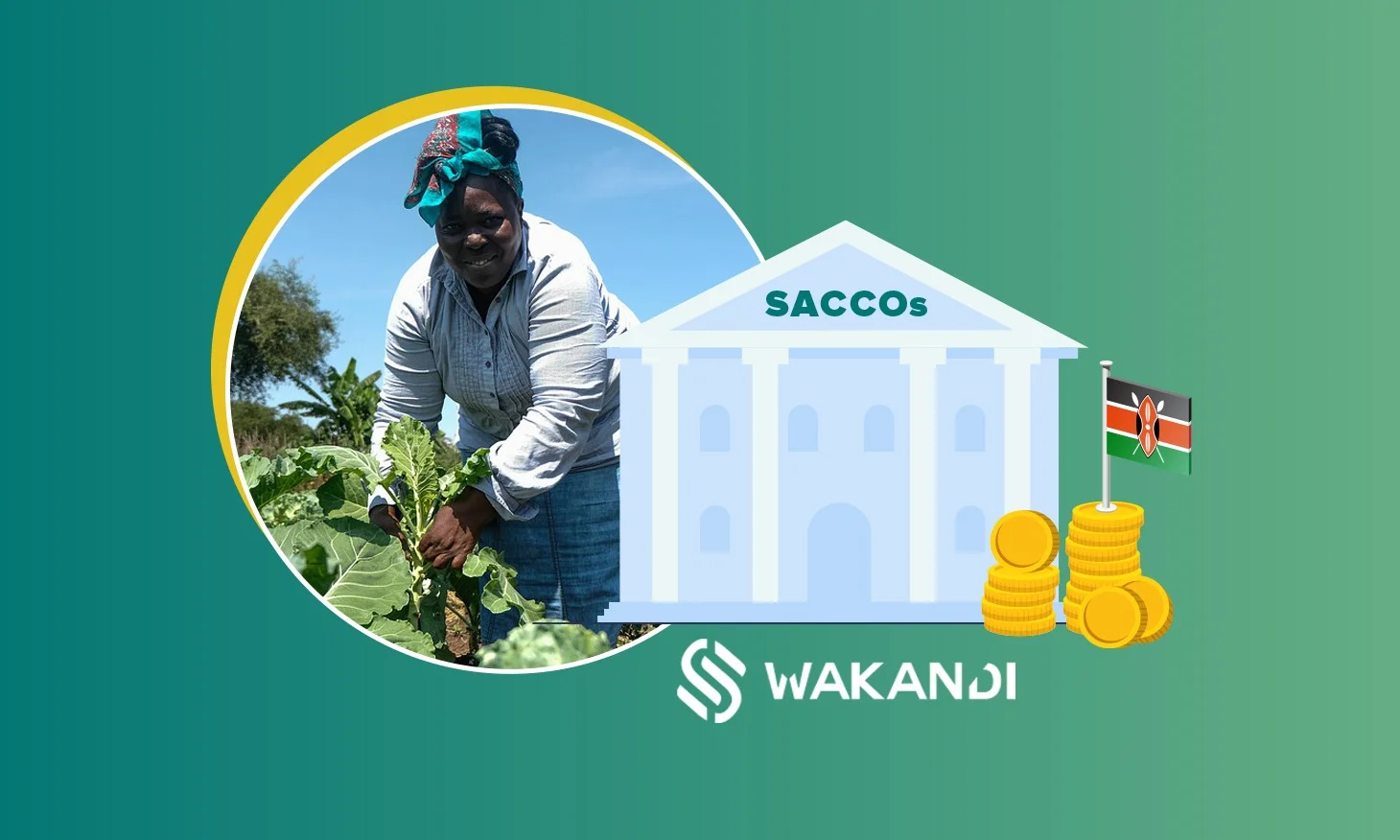The importance of SACCOs in the Kenyan economy

Like other African countries, Kenya has witnessed significant improvements in how people manage their savings and loans. Over the years, saving and credit cooperatives (SACCOs) have gained immense popularity in the country, especially in rural areas. They contribute to economic development, agricultural development, reducing unemployment, and the eradication of poverty.
In Kenya, the first cooperatives date back to 1908. Since then, they have experienced tremendous growth in numbers, members, and financial capacity. By the year 2017, 22,000 SACCOs were registered in Kenya, with over fourteen million members. Together, they contributed over 30% of the country’s GDP, according to a state’s cooperative department report.
It clearly implies the immense popularity of SACCOs in Kenya. They have contributed massively toward economic growth and poverty alleviation among people in the lower-income segments. Read on in detail about SACCOs' significance in the Kenyan economy.
Economic development
Cooperative societies are established by their members, driven by the need for quick and affordable credit facilities. The members contribute a certain amount every month or week, which the group uses to provide loans to different group members. This results in a massive impact on financial deepening among the members. Consequently, it leads to a positive impact on the socio-economic development of members and their families. For instance, they can avail of loans for their business, buying equipment, raw materials, building houses, and whatnot.
Agricultural and non-agricultural productivity
SACCOs have been identified as one of the most effective models for enhancing agricultural and non-agricultural productivity in Kenya. They help members procure, trade, and distribute large volumes of farm inputs. They also help members realize industrial development in rural areas by assisting agricultural and non-agricultural produce and marketing. Some popular sectors include dairy and coffee, etc.
Housing
A report by the World Bank has revealed that 9 out of 10 housing units are constructed with the help of SACCOs. According to a 2019 report published by Co-operative Alliance of Kenya Ltd., under Vision 2030, the Kenyan government envisages that SACCOs would offer 25% of housing stock in urban areas in Kenya.
Modern financial solutions
When SACCOs were launched, they mainly provided savings and loan facilities to the members. Over the years, these cooperatives have substantially evolved, and their offerings have diversified. Today, SACCOs also provide agricultural facilities, investment opportunities, housing solutions, and much more. Such development of these societies resulted in the overall socio-economic development of their member. Moreover, they are now also helping poor or low-income groups with various offerings to eradicate poverty.
The need for affordable financial services for people has grown dramatically. Although SACCOs have led sustainable and inclusive growth, they still face many challenges to meet the fast-growing financial needs of the societies.
At Wakandi, we believe SACCOs can digitize their operations and provide better solutions to their members, consequently gaining more importance in the Kenyan economy. With Wakandi, we aim to bring the power of technology to these SACCOs. Using Wakandi, an admin of a SACCO can:
- Create a digital list of all the members
- Store all documents digitally for KYC
- Record savings and loans related to each member
- Generate financial reports automatically without needing manual calculations
- Connect mobile wallets and bank accounts for digital transactions
Not only to admins, but Wakandi also brings the benefits of online loans and savings, balance updates, and a lot more to members. They will be able to manage their finances through their mobile phones. Want to know more about how SACCOs can be digitized? We will be happy to connect with you.


Comments